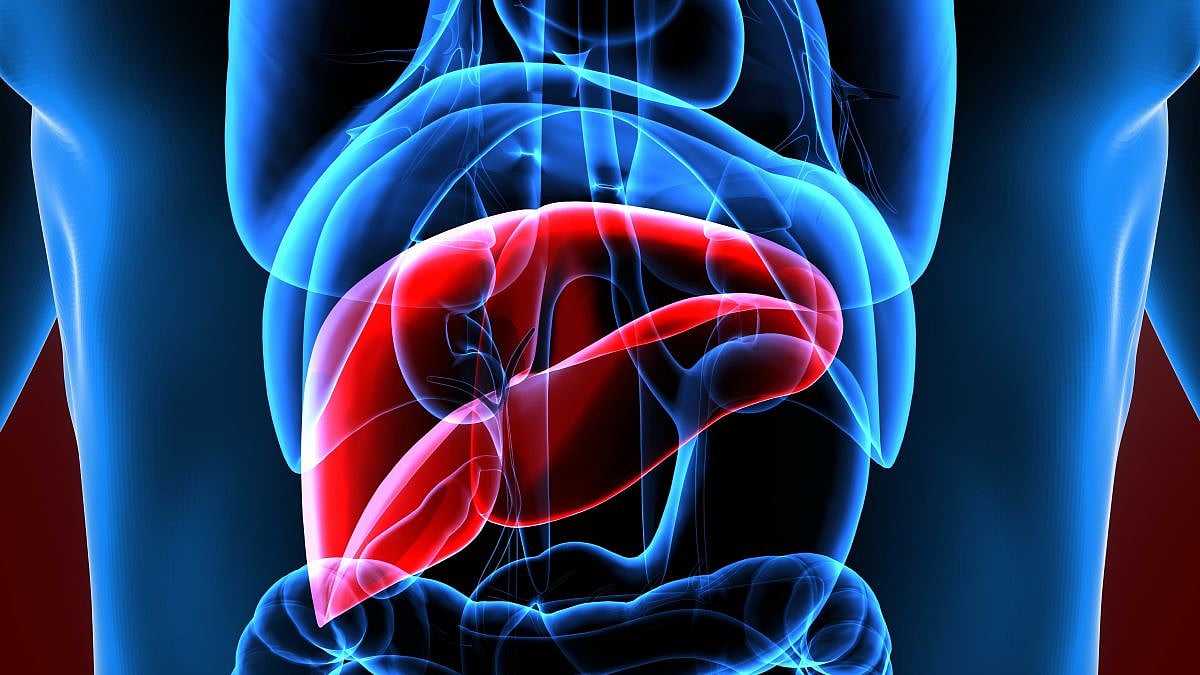Get Healthy!

- Posted November 18, 2025
New AI Might Boost Liver Donations By Highlighting Best Potential Donors
Artificial intelligence (AI) might help more donated livers reach recipients in a usable state by predicting how soon an organ donor will die after being taken off of life support, a new study says.
The time between removal of life support and death can’t exceed 30 to 45 minutes, or transplant surgeons will reject a donated liver because it’s less likely to work effectively in a recipient, researchers said.
A trained AI model reduced the rate of futile organ procurements by 60% by predicting better than doctors whether a donor is likely to die within that time frame, researchers recently reported in The Lancet Digital Health.
“By identifying when an organ is likely to be useful before any preparations for surgery have started, this model could make the transplant process more efficient,” senior researcher Dr. Kazunari Sasaki, a clinical professor of abdominal transplantation at Stanford Medicine in Palo Alto, California, said in a news release.
“It also has the potential to allow more candidates who need an organ transplant to receive one,” Sasaki added.
The best treatment option for people with end-stage liver disease is a liver transplant, researchers said in background notes.
Many times, a donor liver can be found from a person who’s suffered cardiac arrest but is being kept alive on life support, researchers said. This is called donation after circulatory death.
But about half the time a match is found with these donors, the transplant must be canceled when they stay alive longer after life support has been withdrawn, researchers said.
While the donor is dying, blood supply to their organs fluctuates, researchers explained. This can lead to liver damage, especially if the donor lingers on past a half-hour.
About half of possible donors die within that half-hour, making them the best donors. For the rest, surgeons use their best judgment to decide whether they’re still a candidate for liver donation, relying on vital signs, blood work and neurological information.
Researchers trained an AI model to better predict a donor’s time of death, using the same information available to surgeons drawn from more than 1,600 donors between December 2022 and June 2023.
The AI considers gender, age, weight, vital signs, blood work, heart health history and neurological assessments, researchers said. It also takes into account a person’s ventilator settings, which indicate how much help they need to breath.
After training, the AI was then tested with data from about 400 previous donors as well as on 200 new prospective donors.
Results show the AI accurately predicts a donor’s time of death 75% of the time, compared to surgeons’ rate of 65%.
However, the rate of missed opportunities remained similar between the AI and surgeons, around 15%. In these cases, death occurs before preparations for organ donation can get started.
“We are now working on decreasing the missed opportunity rate because it is in the patients’ best interest that those who need transplants receive them,” Sasaki said.
“We continue to refine the model by having competitions among available machine learning algorithms, and we recently found an algorithm that achieves the same accuracy in predicting the time of death but with a missed opportunity rate of about 10%,” Sasaki added.
Researchers also are looking into ways to apply the same model to heart and lung transplants.
More information
The American Liver Foundation has more on liver transplant.
SOURCES: Stanford Medicine, news release, Nov. 13, 2025; The Lancet Digital Health, Nov. 13, 2025

